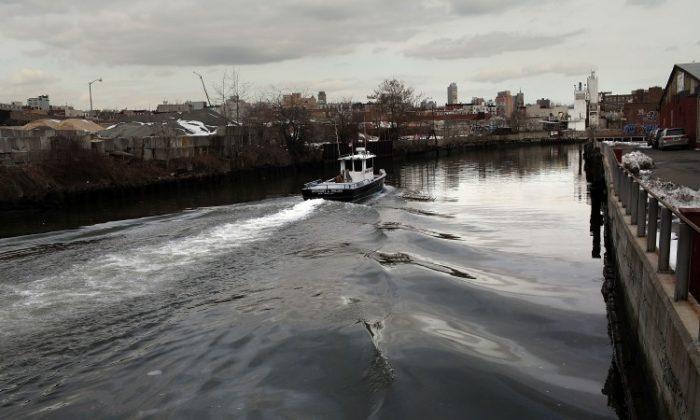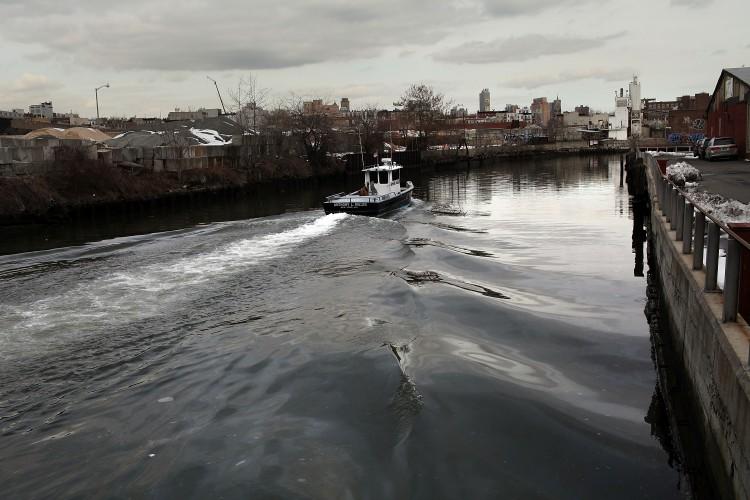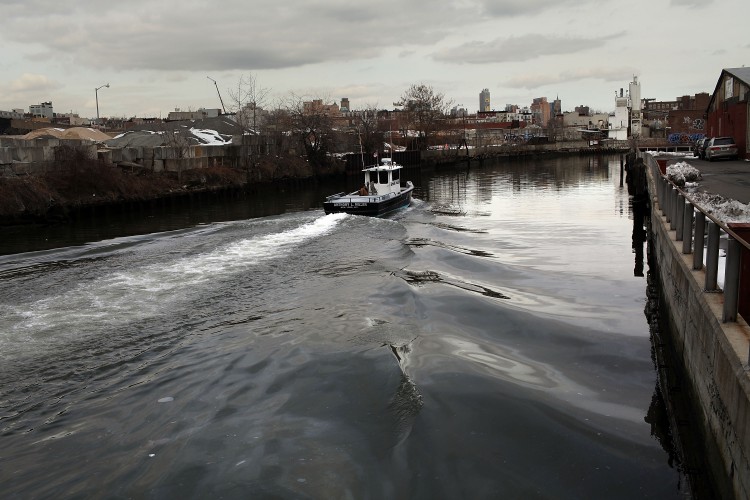The U.S. Environmental Protection Agency said it will extend the public comment period for cleaning up the Gowanus Canal, an environmental superfund site, for another month, the agency said in a statement on Friday.
The expected cleanup plan, which will have an estimated cost of between $467 million and $507 million, will have the comment period extended to April 27, the statement reads. The original public comment period was set to end March 28.
At least a dozen different types of contaminants, including polychlorinated biphenyls (PCBs), polycyclic aromatic hydrocarbons (PAHs), and heavy metals like mercury, lead, and copper were discovered in the canal water. PAHs are residue left from the burning of oil, gas, coal, garbage, and other organic substances, while PCBs were heavily used as lubricants and coolants in transformers, capacitors, and other electronic equipment until they were banned in 1979.
The Gowanus Canal, which runs mostly in Brooklyn, is one of the most contaminated water bodies in the United States, being added to the country’s superfund waste sites in 2010.
“The EPA is proposing to dredge approximately 307,000 cubic yards of highly contaminated sediment. In some areas where the sediment is contaminated with liquid coal tar, the EPA is proposing to stabilize the sediment by mixing it with concrete or similar materials,” the agency said in a statement.
It added that the “stabilized” areas along the canal would be covered with clean material, including a type of clay. Later, gravel, sand, and then clean sand would be placed on top of that.
After that, the EPA wants to dredge up 281,000 another cubic yards of contaminated sediment and later will “cap the area with an armor layer and a layer of sand to help restore habitat,” it said.
The Epoch Times publishes in 35 countries and in 21 languages. Subscribe to our e-newsletter.






